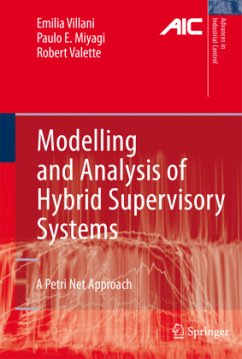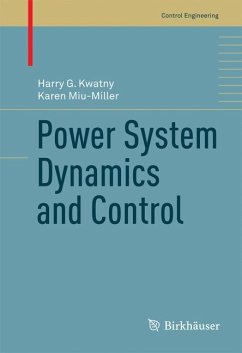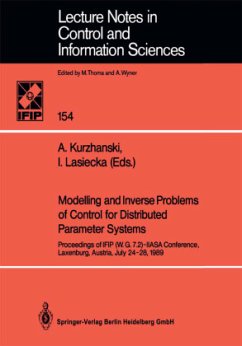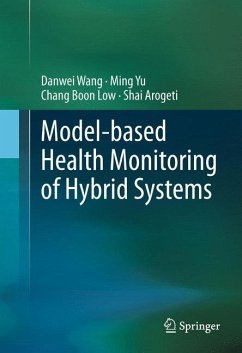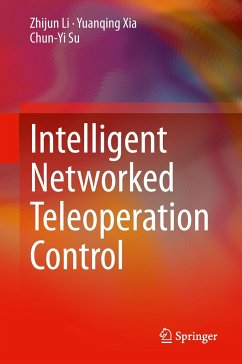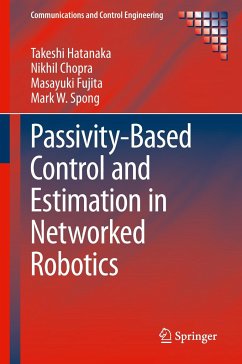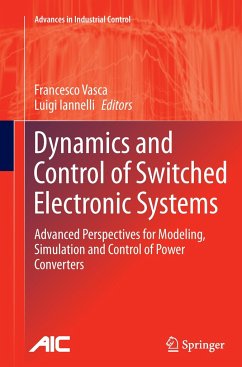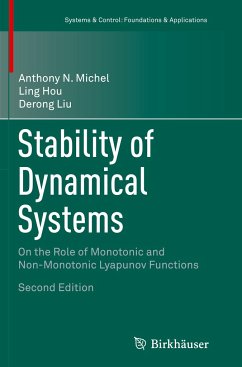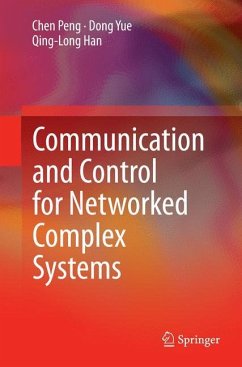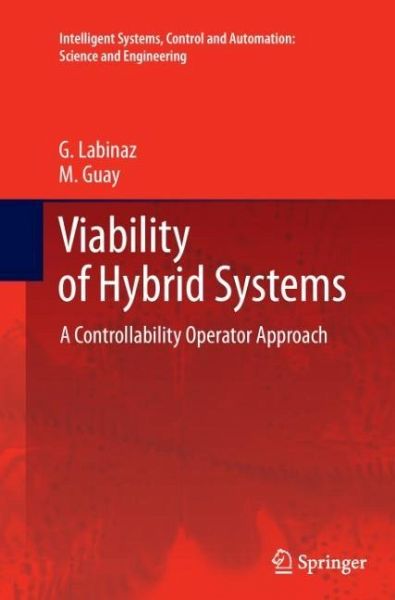
Viability of Hybrid Systems
A Controllability Operator Approach
Versandkostenfrei!
Versandfertig in 6-10 Tagen
76,99 €
inkl. MwSt.
Weitere Ausgaben:

PAYBACK Punkte
38 °P sammeln!
The problem of viability of hybrid systems is considered in this work. A model for a hybrid system is developed including a means of including three forms of uncertainty: transition dynamics, structural uncertainty, and parametric uncertainty. A computational basis for viability of hybrid systems is developed and applied to three control law classes. An approach is developed for robust viability based on two extensions of the controllability operator. The three-tank example is examined for both the viability problem and robust viability problem.The theory is applied through simulation to an ac...
The problem of viability of hybrid systems is considered in this work. A model for a hybrid system is developed including a means of including three forms of uncertainty: transition dynamics, structural uncertainty, and parametric uncertainty. A computational basis for viability of hybrid systems is developed and applied to three control law classes. An approach is developed for robust viability based on two extensions of the controllability operator. The three-tank example is examined for both the viability problem and robust viability problem.
The theory is applied through simulation to an active magnetic bearing system and to a batch polymerization process showing that viability can be satisfied in practice. The problem of viable attainability is examined based on the controllability operator approach introduced by Nerode and colleagues. Lastly, properties of the controllability operator are presented.
The theory is applied through simulation to an active magnetic bearing system and to a batch polymerization process showing that viability can be satisfied in practice. The problem of viable attainability is examined based on the controllability operator approach introduced by Nerode and colleagues. Lastly, properties of the controllability operator are presented.




